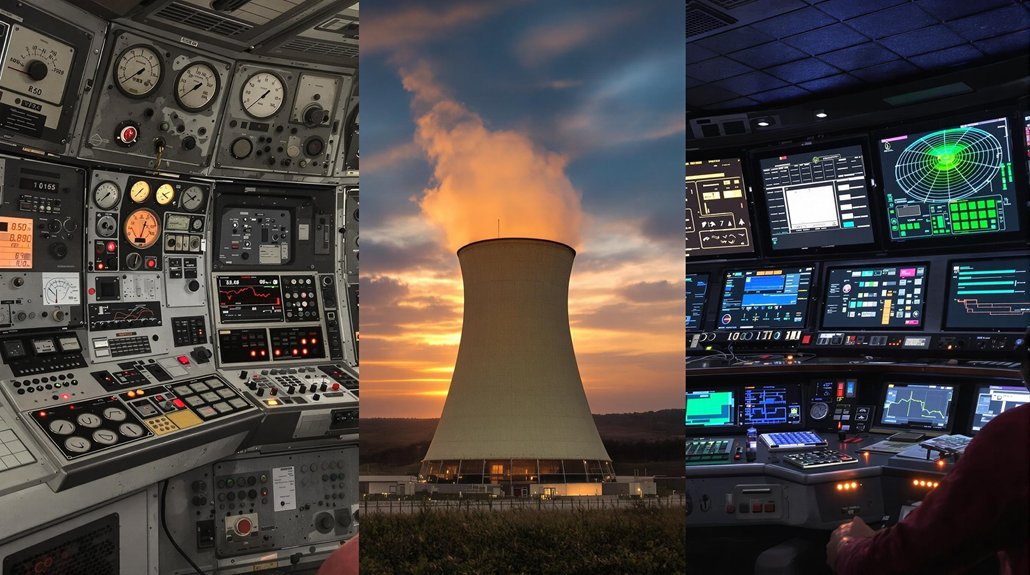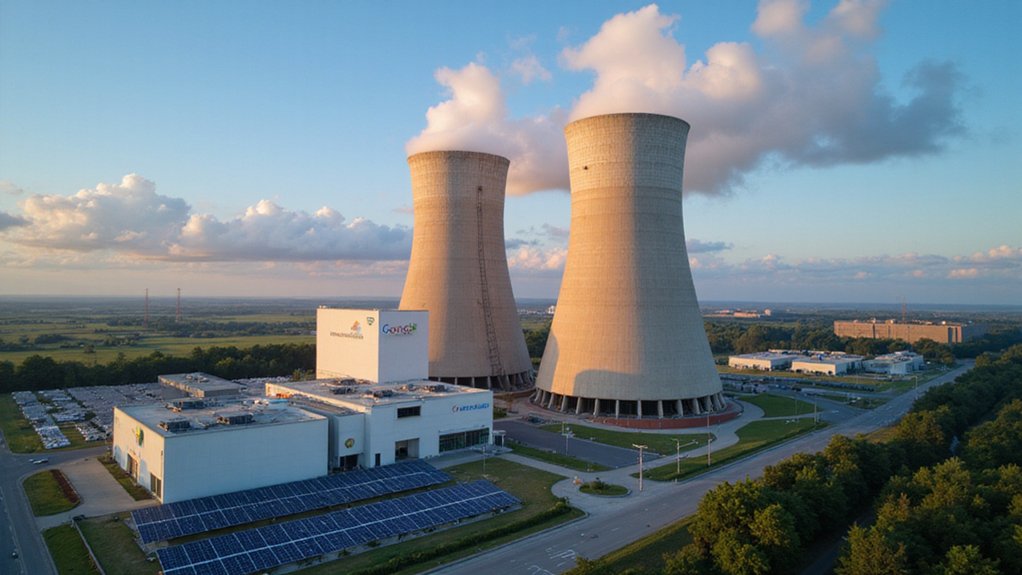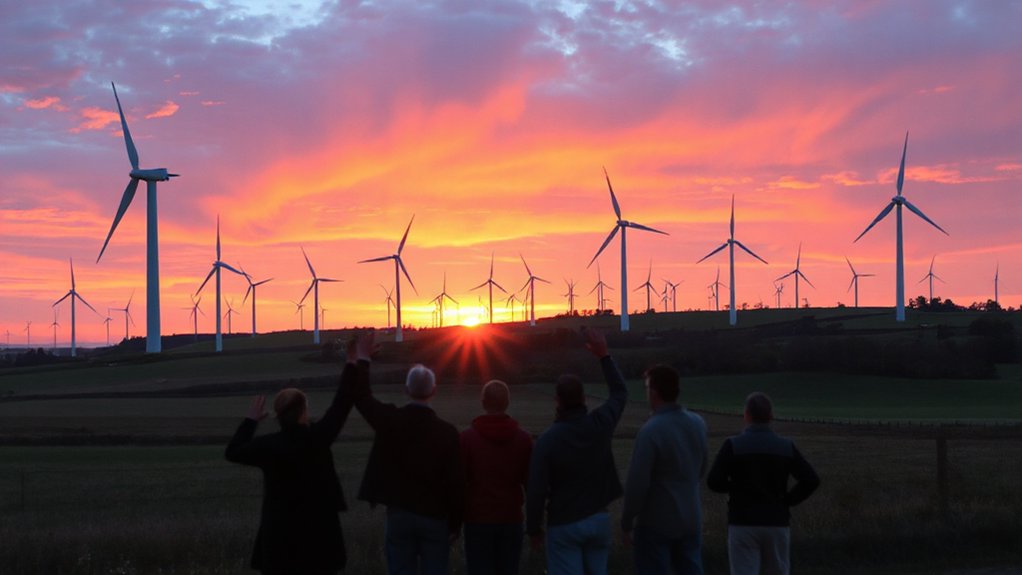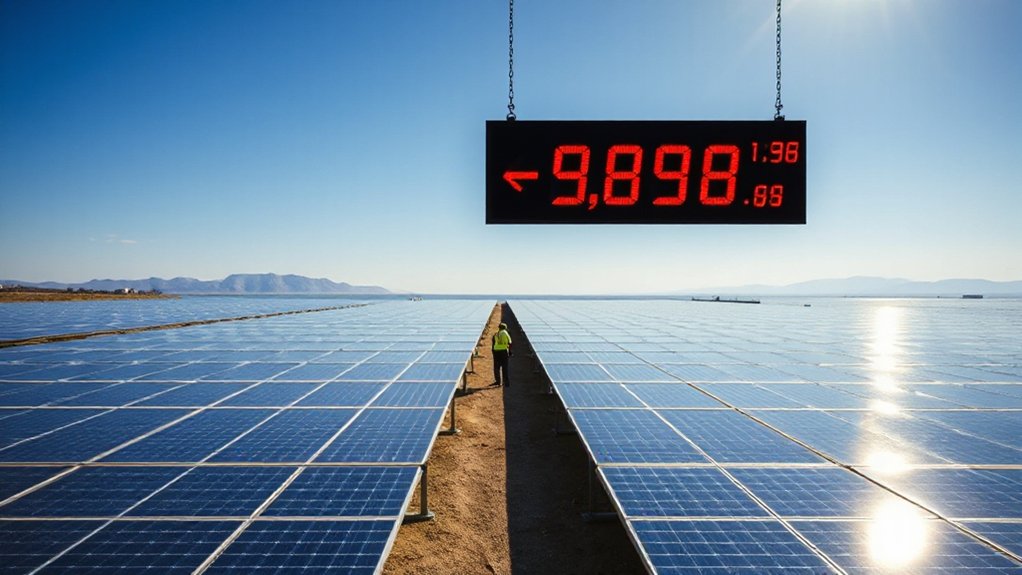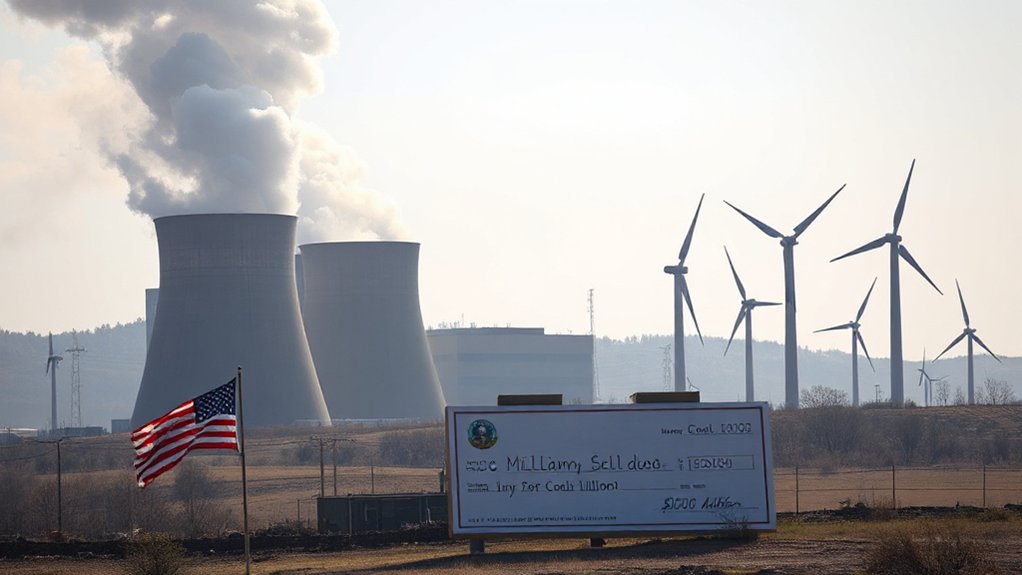When it comes to nuclear power and weapons, history seems to repeat itself with alarming regularity. President Trump’s recent promotion of AI-enhanced nuclear technologies faces the same challenges that have defined atomic development for decades.
In the 1960s, America experienced several close calls with nuclear weapons. At Goldsboro in 1961, a B-52 crash dropped two nuclear bombs, with only a single safety switch preventing disaster. That same year, another B-52 crashed in Yuba City with nuclear weapons onboard. These incidents remind us that even with multiple safety features, nuclear technology isn’t fail-proof.
America’s nuclear history is littered with near-misses, proving even our most sophisticated safeguards are one switch away from catastrophe.
Trump’s vision echoes the “atomic dream” optimism that has cycled through American history. This pattern of nuclear enthusiasm followed by public skepticism has repeated for generations. After disasters like Chernobyl and Fukushima, massive public opposition emerged, only to fade until the next crisis. The concept of historic recurrence is evident in how similar nuclear ambitions have repeatedly risen and fallen throughout different presidential administrations.
The proposed AI integration with nuclear systems faces the same regulatory debates that have surrounded Emergency Core Cooling Systems and other safeguards. History shows periods of overconfidence in fail-safe designs despite evidence of system vulnerabilities. Similar concerns surrounded the 1950s Korean War scenario when the US deployed Mark 4 nuclear bombs to Guam without their fissile components.
Political discourse around Trump’s plans follows familiar patterns, with supporters and critics using historical analogies to predict outcomes. References to Munich and Versailles frequently shape nuclear diplomacy discussions, as seen during debates over the Iran Nuclear Deal. Geothermal energy, with its capacity factor of 96%, offers a reliable alternative that doesn’t carry the same catastrophic risks.
False alarms, like the 1980 Soviet missile exercise, continue to raise concerns about accidental nuclear war. Declassified reports reveal numerous near-misses avoided through quick human intervention — a factor complicated by AI automation.
Public opposition to nuclear expansion has historically mobilized in waves, often after accidents or controversial designs. The 1976 occupation of the Superphénix reactor site in France demonstrates how safety and proliferation concerns drive protest cycles.
As Trump promotes his nuclear vision, the familiar pendulum between atomic optimism and skepticism swings again, suggesting that in nuclear matters, we’re destined to repeat the past.
